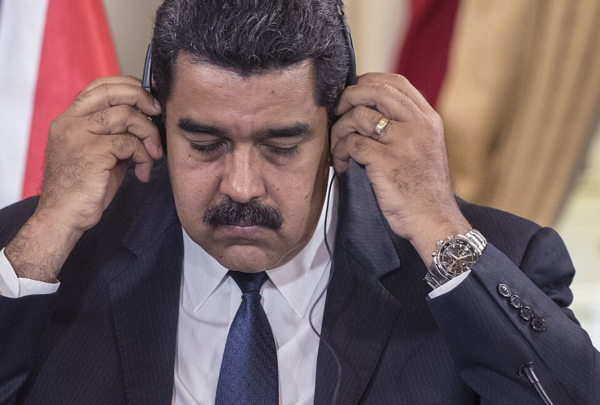The virus continues to spread in different ways in different countries. The good news is that the spike in infections in the US Sun-Belt states has begun to subside. Infections at a national level have fallen back over the past couple of weeks. (See Chart 1.) The past few days have also brought some hope that infections in some of the worst-affected emerging economies, including India, Brazil and Mexico, have started to level off. It’s too soon to say whether this marks a turning point in the fight against the virus in these countries - what we do know is that the economic scars will take years to heal.
Chart 1: Infections per million population

The focus has started to shift back to Europe. It was among the worst-affected regions in the early stages of the pandemic but was then more successful than the US and many EMs in bringing infection numbers down. In the past week or so, however, growing evidence of new outbreaks - particularly in Spain and France - have led to concerns that the region is facing a second spike in infections.
An important point to stress is that the latest outbreaks in Europe are very different in nature to the initial wave. In particular, infections are skewed towards younger and less vulnerable groups. Partly as a result, the pressure on hospitals has so far been much less acute than it was during the first wave. The number of Intensive Care Unit beds that are occupied has not increased in recent weeks and remains well below its level during the first wave. The policy backdrop is different too. Because the authorities are measuring virus numbers closely, they can ratchet up containment measures gradually.
It’s impossible to say how the virus will evolve from here, but a combination of closer monitoring and fewer strains on healthcare systems provides hope that the national lockdowns that were needed to suppress the first wave can be avoided in future. This underpins our view that second outbreaks in Europe will prove to be an economic drag rather than an economic disaster. However, if we’re right in thinking that new outbreaks will be met with targeted containment measures rather than wider lockdowns, then the economic consequences will be increasingly determined by the instinctive response of households and businesses. Faced with a jump in infections, it’s possible that people begin to mimic aspects of earlier lockdowns without actually being required to by governments. Pubs, restaurants and shops could start to empty once again. Travel and mobility could tumble. In such a scenario, countries where the fear factor is greatest – including the US, Italy and the UK – would be among the most vulnerable. (See Chart 2.) In contrast, countries where the fear factor is lower – perhaps because the public have greater confidence in the ability of the government to contain the virus – would be less vulnerable.
Chart 2: Share of Pop. Who Fear Catching Covid (%)

As the battle against Covid grinds on, it’s difficult to escape the conclusion that successful economic policy starts with successful public health policy.
In case you missed it:
- Our Senior China Economist, Julian Evans-Pritchard, argues that stimulus is once again proving costly for the country’s banks.
- Shilan Shah argues that, while India’s new-look MPC appears to have become more hawkish on the inflation outlook, policy may eventually have to be eased further.
- Our Senior Canada Economist, Stephen Brown, assesses the risks facing the country’s construction sector.



